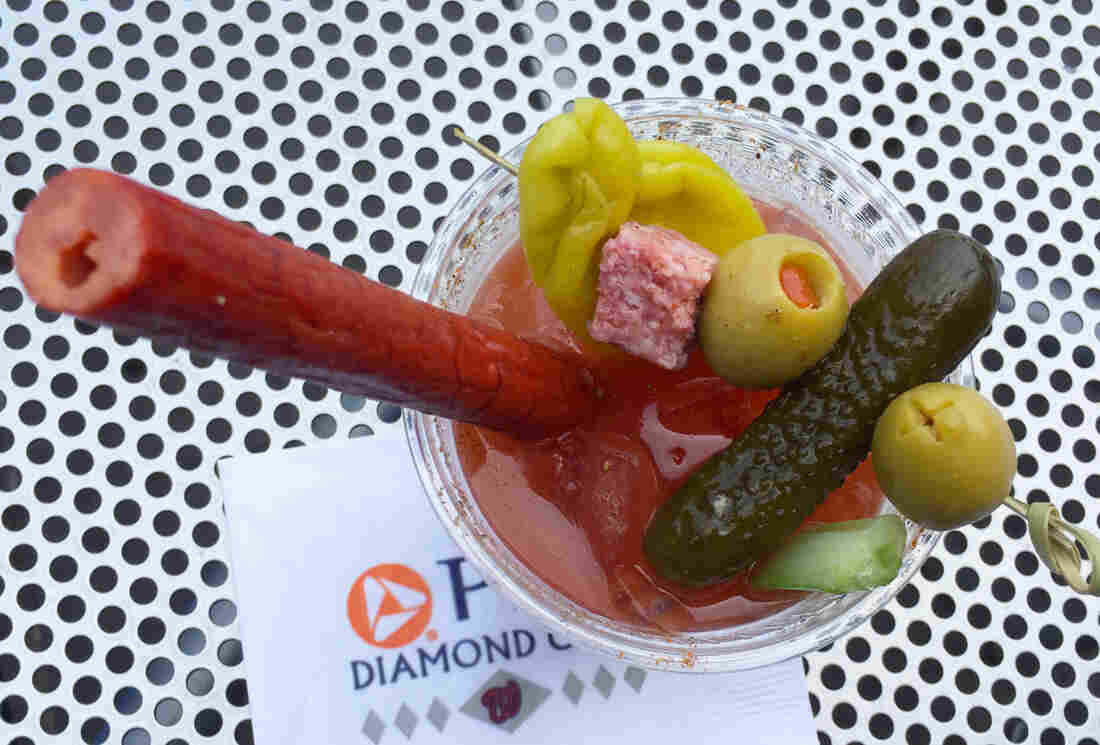College Sports Scandals Loom Over The Launch Of Football Season
Mike Pesca of Slate’s podcast The Gist helps NPR’s Rachel Martin assess the damage to college football inflicted by a string of scandals at universities around the country.
Transcript
RACHEL MARTIN, HOST:
It is time now for sports. And while college football players are focusing on the upcoming season, there is a cloud over some college football programs. A player at Baylor University, who was convicted of sexual assault, had apparently been allowed to transfer from Boise State despite a history of violent behavior. And the athletic department at Auburn University and coaches at Virginia Tech are in hot water. Mike Pesca is here to talk about what’s going on.
Hey, Mike.
MIKE PESCA, BYLINE: Hello.
MARTIN: Let’s start with Auburn. Football officials are apparently upset because the school wants to end a particular degree program. Do tell.
PESCA: Public administration – not that popular among Auburn’s undergrads, one percent of the students enroll. But among football players, it’s more than 50 percent. So this is a major that was considered to be on the chopping block. Schools don’t have unlimited funds. And an internal review says that the major does not quote, “contribute a great deal to the department,” meaning the political science department’s education mission.
But as I said, it’s a great major for these football players. And the athletic department said, if the major’s eliminated, the success rate for our student athletes will likely decline. So let us say pressure was brought to bear or at least a proposal from the football team and the athletic department will give you the funds to keep the program going. The program has been kept going. I have to credit The Wall Street Journal for a lot of this reporting. But it just gets to the tension between football and academics and what’s driving what. We also saw Rutgers’ head coach getting in touch with a 5,000 dollar adjunct professor saying, hey could we do anything to boost this players grades? It happens a lot.
MARTIN: So also Virginia Tech apparently is fining athletes if they don’t go to practice? I mean, that’s crazy.
PESCA: Yeah, so well, there is this proposal and it was reported on and then the coach in Cincinnati said, hey, good idea. So you have to realize student athletes don’t get paid. There is a stipend, newly instituted this year, of about 3,000 dollars. To make up the gap between what scholarships are and how much the cost is. So for the first time ever, student athletes – football players, say – can put a few thousand dollars towards buying a pizza, let’s say, but not if you, say, miss breakfast at VA Tech because that’s a $10 fine. If you miss a treatment, it’s a $20 fine. An unsportsmanlike conduct in a game is a $100 fine. I sometimes – I hope not glibly call it indentured servitude, but this is exactly what happened during the days of indentured servitude. There were fines and fees for just going about your life. This is likely a NCAA violation. It looks like Virginia Tech is backing off that plan.
MARTIN: OK, real quick – isolated incidents, bigger problems?
PESCA: That’s the question. And we’ve seen this behavior in, say, the NFL. I always say no one’s proved that it’s greater in the NFL than in society at large. But college football has a bit of a rot, and maybe I’m being kind by saying a bit. They make so many – millions of dollars off these players, who are not paid. You’re just going to see twisting themselves in knots to qualify them academically or try to get money however they can. It’s systemic I think.
MARTIN: NPR’s – The Slate’s Mike Pesca. Thanks, Mike.
PESCA: You’re welcome.
Copyright © 2015 NPR. All rights reserved. Visit our website terms of use and permissions pages at www.npr.org for further information.
NPR transcripts are created on a rush deadline by a contractor for NPR, and accuracy and availability may vary. This text may not be in its final form and may be updated or revised in the future. Please be aware that the authoritative record of NPR’s programming is the audio.
This entry passed through the Full-Text RSS service – if this is your content and you’re reading it on someone else’s site, please read the FAQ at fivefilters.org/content-only/faq.php#publishers.

